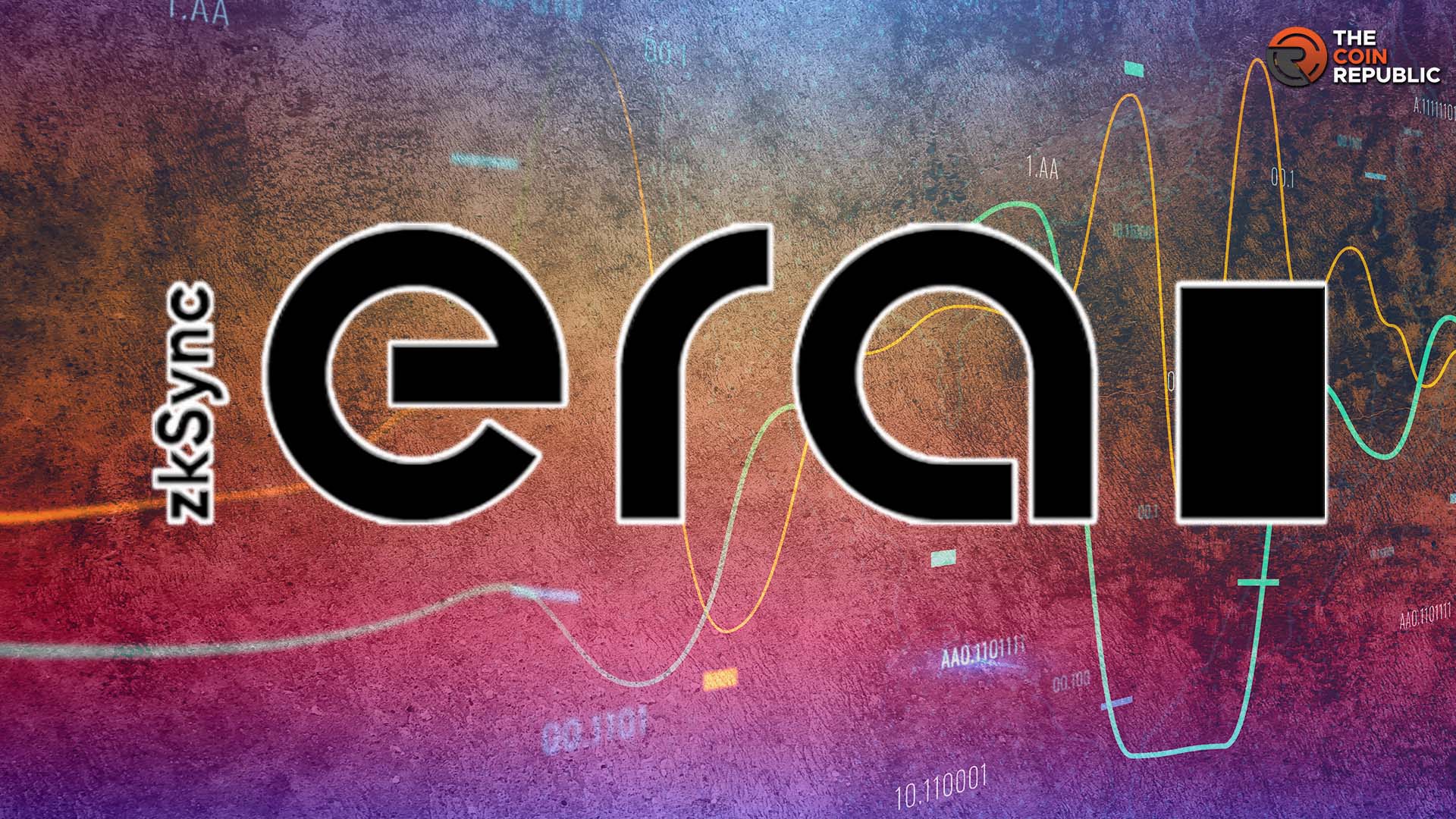Cryptocurrency miners lead the next stage of AI
As artificial intelligence (AI) rapidly works its complex magic on one sector of the economy after another, there is an increasingly urgent need for computing resources to power all this machine intelligence.
Training a model like ChatGPT costs more than $5 million, and running the early ChatGPT demo, even before usage increased to its current level, costs OpenAI around $100,000 per day. And AI is more than just text generation; applying AI to practical problems across multiple industries requires similarly large neural models trained on a variety of data types—medical, financial, customer information, geospatial, and so on. Moving beyond the limitations of current neural network AI towards systems with higher levels of artificial general intelligence will almost certainly be even more computationally demanding.
It’s only natural that a small but growing number of crypto miners are now looking at how they can leverage their own computing infrastructure to help push the AI revolution forward.
Related: From Bernie Madoff to Bankman-Fried, Bitcoin maximalists have been validated
Bitcoin (BTC) mining remains a lucrative business. Mining other cryptocurrencies can still make money as well, but it’s a rapidly changing landscape. Ether (ETH) miners, for example, took a big hit late last year when the Ethereum network switched from proof-of-work to proof-of-stake.
The economic and technical situation in the crypto space in the last two years has driven an increasing number of cryptomining organizations to explore the potential of leveraging their facilities for other purposes, such as high-performance computing and especially AI.
The specific hardware needed for high performance computing (HPC) or AI processing is often different from what is optimal for crypto mining. But buying servers is generally not the hardest part of setting up a mining farm. Getting the electrical power and cooling and security and other physical infrastructure in place is a big cost and effort, and all of this remains roughly the same whether you host RAM-light GPUs suitable for ETH mining or RAM-heavy GPUS suitable for AI model learning.
Mining firm Hut 8 has led the way, leveraging its former mining-dedicated computing facilities for machine learning and other HPC applications. Hive Blockchain has been doing the same for some time, filling its servers with processor cards that “can be used for cloud computing and AI applications, and rendering for engineering applications, as well as scientific modeling of fluid dynamics.”
Perhaps most interesting is the potential for miners to move their computing resources to AI in a way that remains fully within the blockchain realm – using them to run AI processes hosted on decentralized blockchain-based networks. This possibility is provided by a number of AI projects linked to their own altcoins, such as Fetch.ai (FET), Ocean (OCEAN) Matrix AI Network (MAN), Cortex (CTXC) and my own project, SingularityNET (AGIX), and its various ecosystem projects, such as NuNet (NTX) and the new ledgerless blockchain HyperCycle. AI-related altcoins have done well in the first part of 2023, as the market has understood the potential of decentralized AI software.
Related: Should Bored Ape buyers have a legal right to a refund?
It has been clear since before Bitcoin’s white paper that the fusion of distributed computing, strong encryption and decentralized control has broad applications beyond the financial. This is why we have blockchain projects in areas that span almost every vertical market – medicine, supply chain, gaming, robotics and so on. As each of these business domains becomes dominated by AI, decentralizing the software and hardware underlying AI will be a critical aspect of decentralizing the global economy. Repurposing some of the crypto mining hardware to run AI processing, some of which is wrapped in AI-oriented crypto networks, will increasingly form part of the story.
If a non-trivial part of global AI processing ends up being done on crypto mining facilities, this could have ramifications beyond economics. Crypto mining rigs are based in different legal jurisdictions and are owned by a number of different parties. A globally distributed AI network spread across cryptomining rigs will be dramatically more difficult for governments or other parties to centralize than an AI network centered in Big Tech-owned server farms (the current standard for AI). Whether this is good or bad AI ethics depends on your estimate of the nature of Big Tech and Big Government.
Ben Goertzel is CEO and founder of SingularityNET and Chairman of the Artificial General Intelligence Society. He has worked as a researcher at a number of organisations, in particular as chief researcher at Hanson Robotics, where he helped develop Sophia. He previously served as Research Director at the Machine Intelligence Research Institute, as Chief Scientist and Chairman of the AI software company Novamente and as Chairman of the OpenCog Foundation. He graduated from Temple University with a Ph.D. in mathematics.
This article is for general information purposes and is not intended to be and should not be taken as legal or investment advice. The views, thoughts and opinions expressed herein are those of the author alone and do not necessarily reflect or represent the views and opinions of Cointelegraph.


